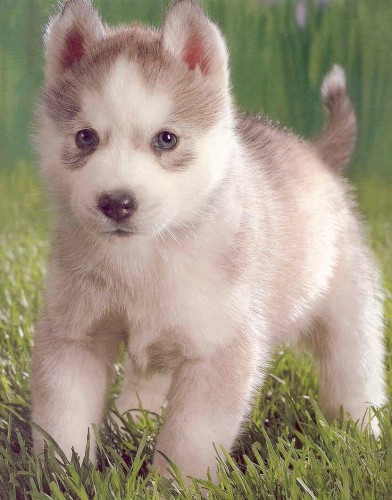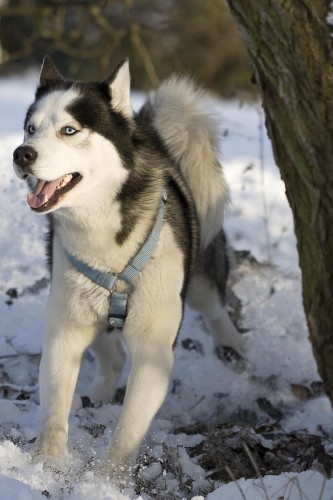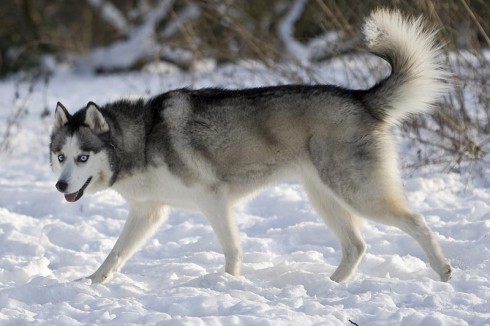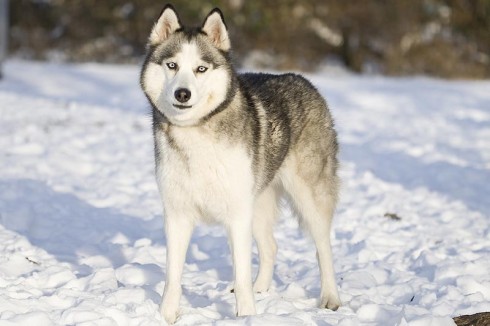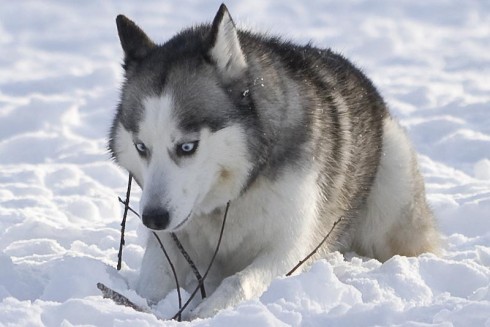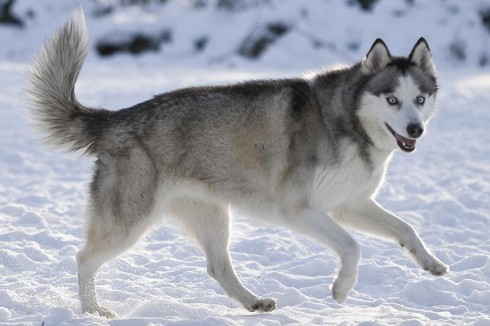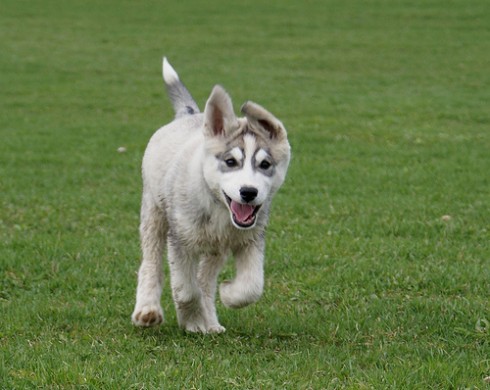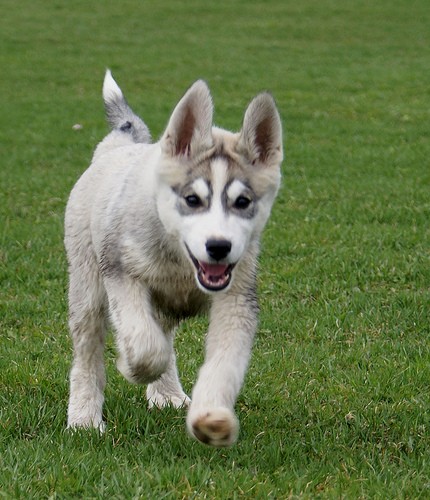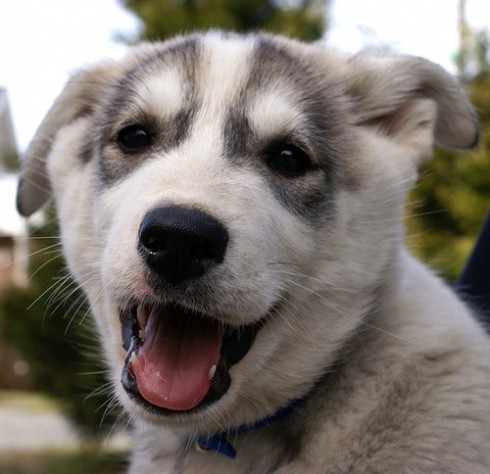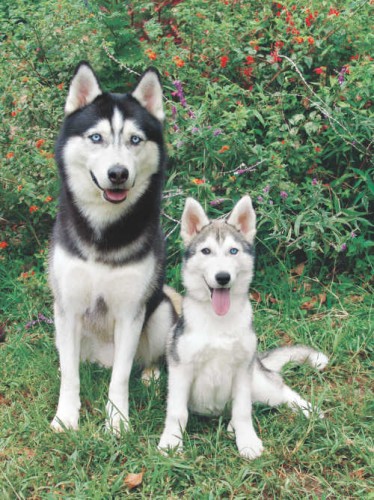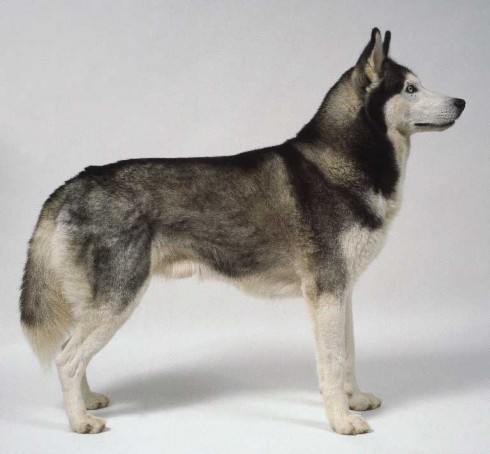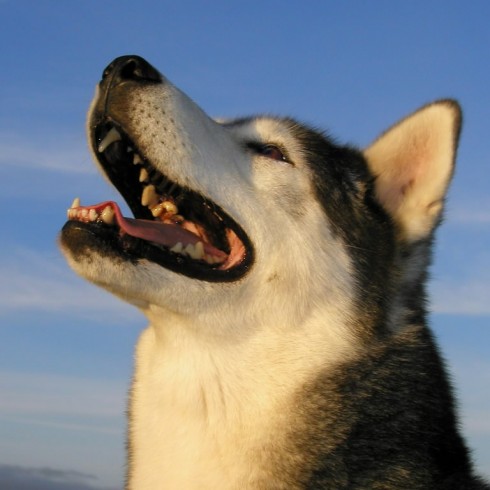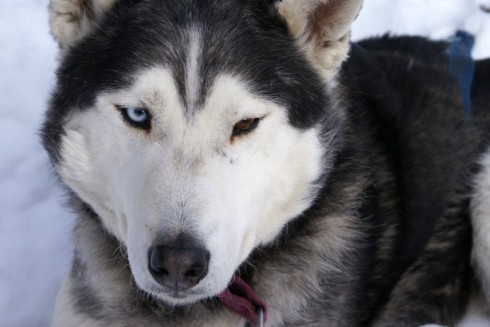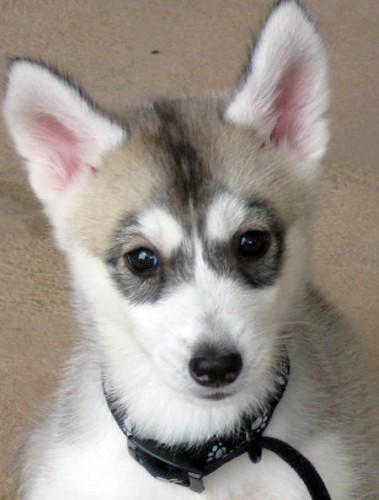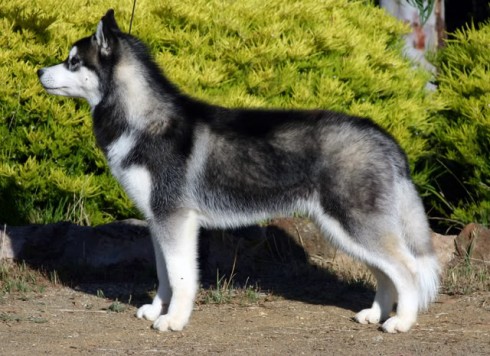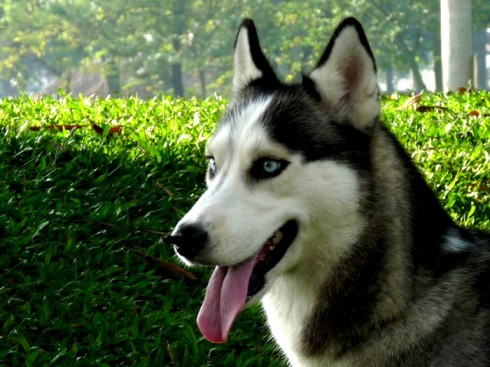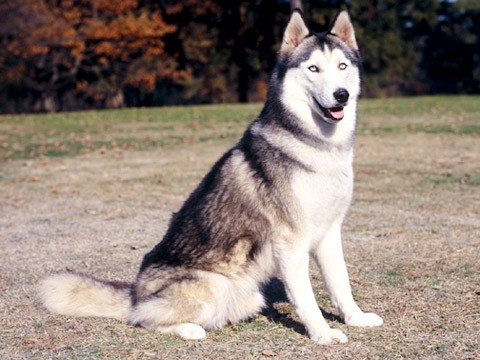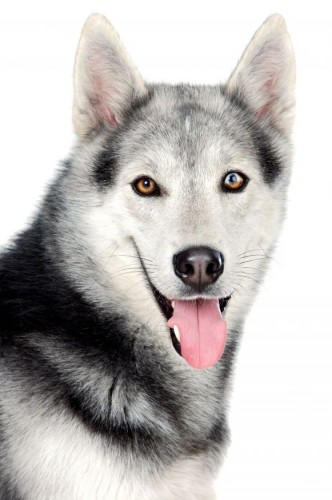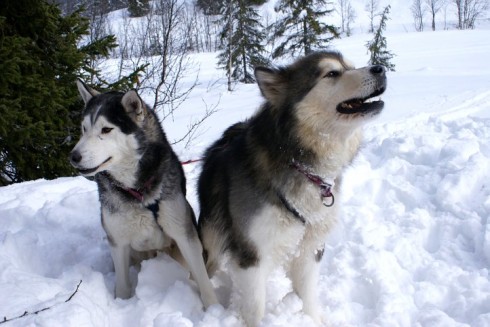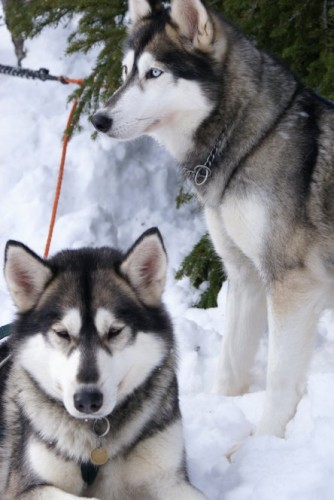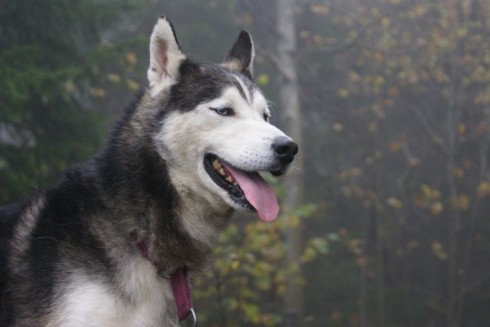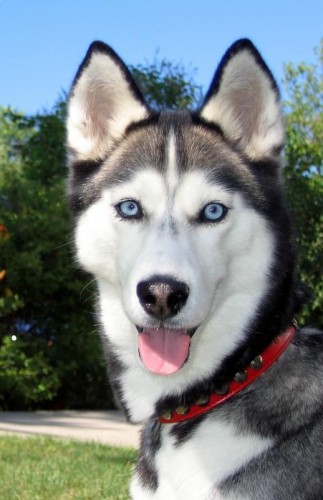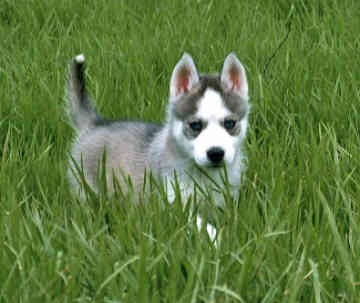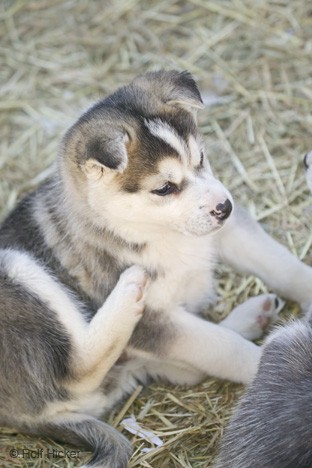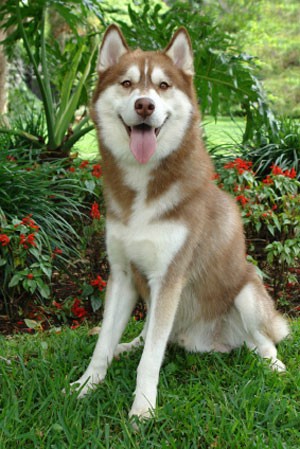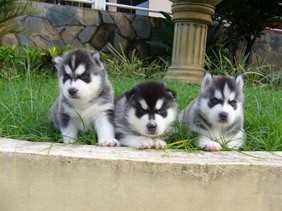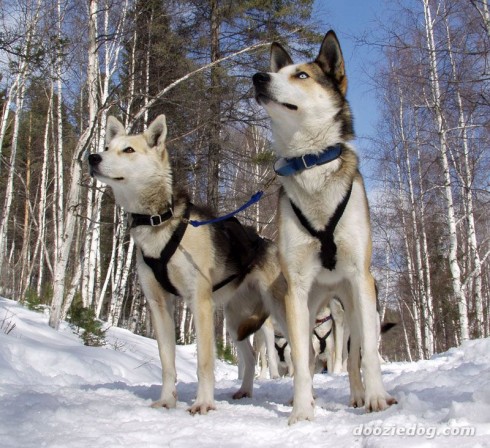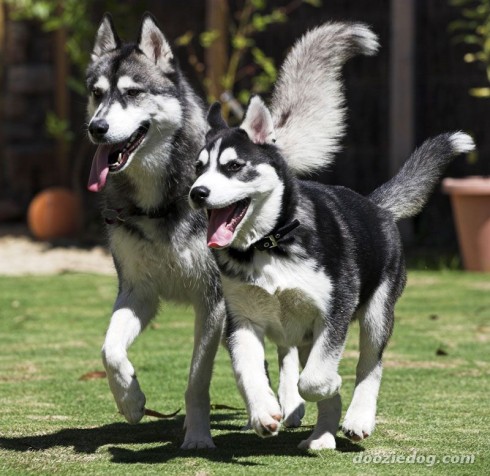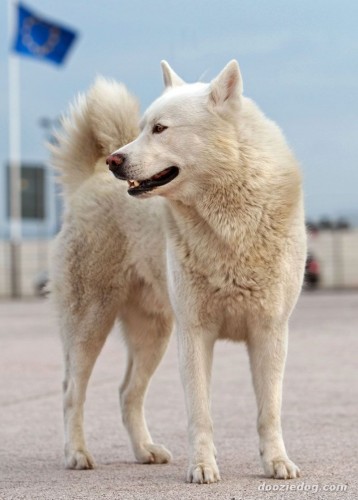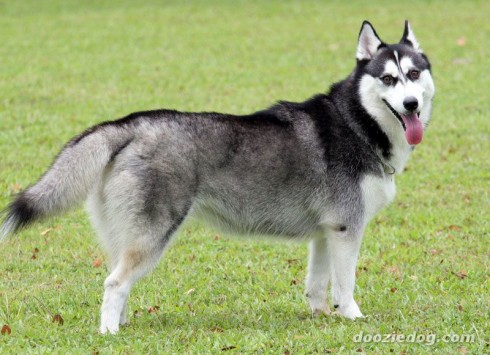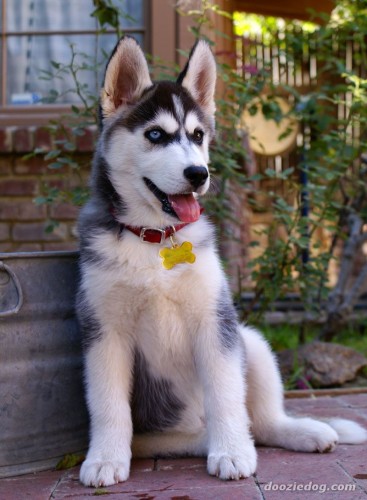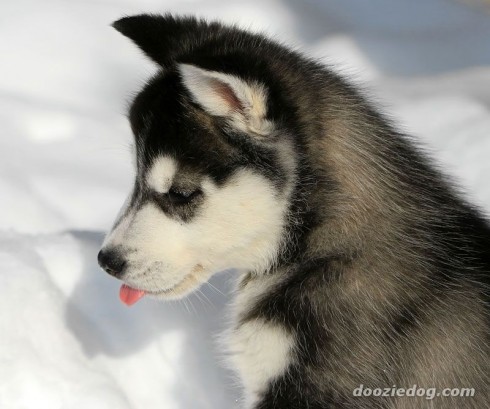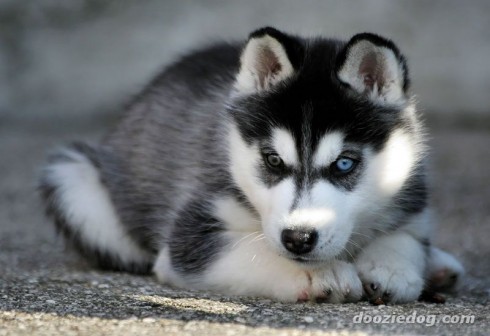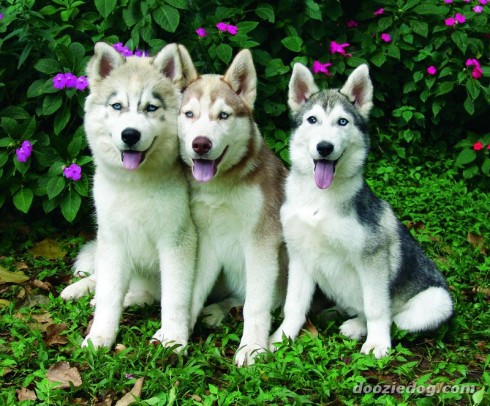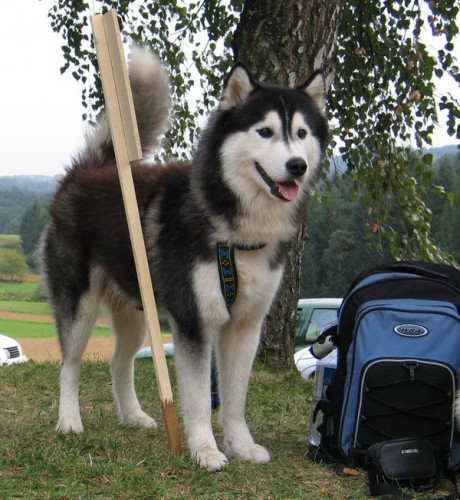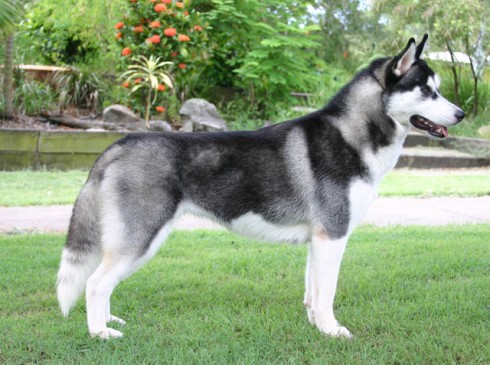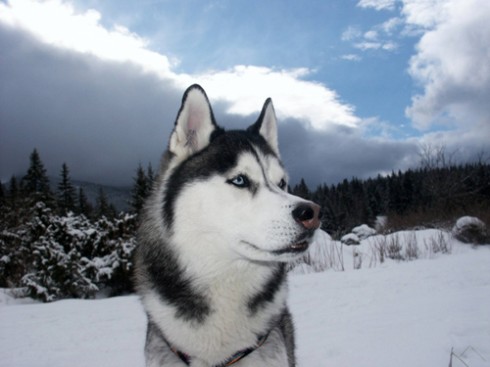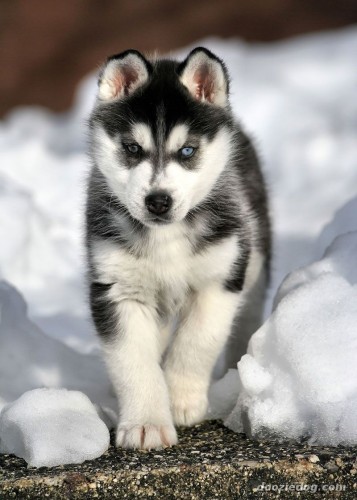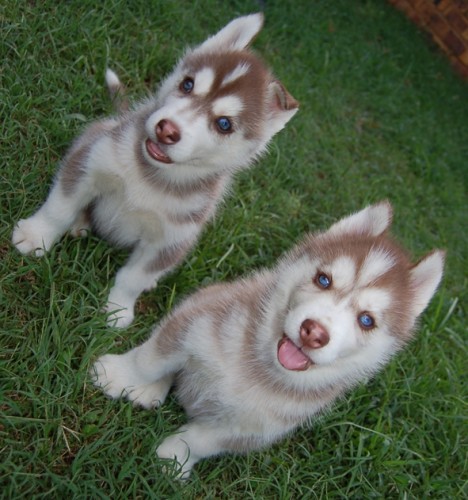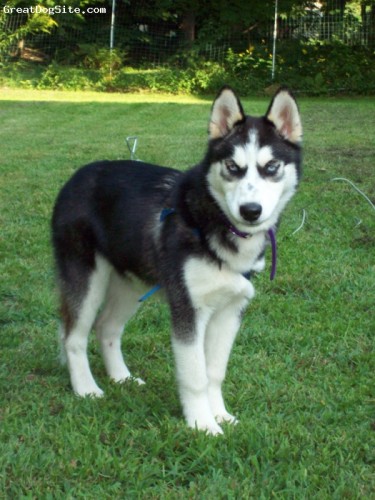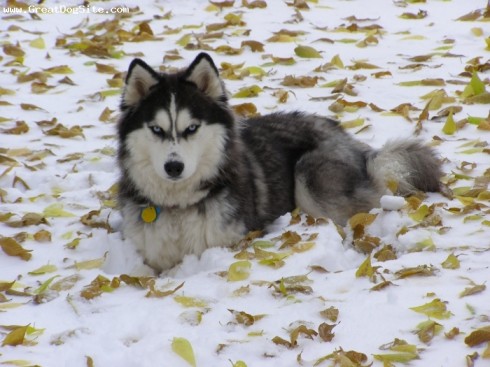Main Index
In Store
Our Web Store
Miniature Schnauzer Picture Gallery
Latest Dog Blogs
- What Are The Basic Commands To Train A Dog?
- PaySafe As The Most Popular Type Of Deposit
- Everything You Need To Know About Pet Sales
- Dogs Contribute To Our Physical And Mental Well Being
- How To Choose Where To Bet On Greyhounds In 2022
- Volunteer With Animals - How To Help Dogs Around The World
- Basic Understanding Of The House Edge
- Why You Should Get A Dog
- Top 20 Popular Dog Names Around The World
- Constipation in Dogs and How to Find Solutions
Siberian Husky
Siberian Husky Picture Gallery
Siberian Husky Clubs/Associations
The Full Siberian Husky Description
The Siberian Husky is an outgoing, fun-loving dog. He is lighter in build than the Alaskan Malamute, and also less bold. But he still requires an alert owner who stays in control, as the Siberian's nature is to roam and explore, as his Artic ancestors did.
Did you know?
Native to Siberia, the Siberian Husky was brought to Alaska in 1909.
The Siberian Husky was originated by the Chukchi people of northeastern Asia as an endurance sled dog. When changing conditions forced these semi-nomadic natives to expand their hunting grounds, they responded by developing a unique breed of sled dog, which met their special requirements and upon which their very survival depended.
So you want to own a Siberian Husky?
Siberian Huskies love to run and must be kept under control at all times. If you own a Siberian Husky it is of the utmost importance you have a fenced-in yard.
Siberian Huskies shed non-stop, if you have an aversion to dog hair think about getting a different breed.
Siberian Huskies value company from people or other dogs. This friendly and gentle dog makes a wonderful companion.
Indicative Breed Standard
General Appearance
Medium-sized working sled-dog, quick and light on feet. Free and graceful in action, with well furred body, erect ears and brush tail. Proportions reflect a basic balance of power, speed and endurance, never appearing so heavy or coarse as to suggest a freighting animal, nor so light and fragile as to suggest a sprint-racing animal. Males are masculine but never coarse, bitches feminine but without weakness of structure. Muscle firm and well developed, no excess weight.
Characteristics
Medium size, moderate bone, well balanced proportions, ease and freedom of movement, and good disposition.
Temperament
Friendly and gentle, alert and outgoing. Does not display traits of the guard dog, not suspicious with strangers or aggressive with dogs but some measure of reserve expected in mature dog. Intelligent, tractable and eager disposition. An agreeable companion and willing worker.
Head and Skull
Medium size in proportion to the body, presents a finely chiselled fox-like appearance. Slightly rounded on top, tapering gradually from widest point to eyes. Muzzle medium length and width, neither snipy nor coarse, tapering gradually to rounded nose. Tip of nose to stop equidistant from stop to occiput. Stop clearly defined but not excessive. Line of the nose straight from the stop to tip. Nose black in grey, tan or black dogs; liver in copper dogs; and may be flesh-coloured in pure white. In winter, pink-streaked ‘snow nose’ is acceptable.
Eyes
Almond-shaped, moderately spaced and set obliquely. Any shade of blue or brown, one of each colour, or parti-colours equally acceptable. Expression keen, but friendly, interested, even mischievous.
Ears
Medium size, relatively close together, triangular in shape, the height slightly greater than width at base. Set high on head, strongly erect, the inner edges being quite close together at the base, when the dog is at attention carried practically parallel. Slightly arched at the back. Thick, well furred outside and inside, tips slightly rounded.
Mouth
Lips well pigmented, close fitting. Jaws strong, with a perfect, regular and complete scissor bite, i.e. upper teeth closely overlapping lower teeth and set square to the jaws.
Neck
Medium length and thickness, arched and carried proudly erect when standing. When moving at a trot, extended so that the head is carried slightly forward.
Forequarters
Shoulder blade well laid back, upper arm angles slightly backward from point of shoulder to elbow, never perpendicular to the ground. Muscle holding shoulder to rib cage firm and well-developed. Straight or loose shoulders highly undesirable. Viewed from the front, forelegs moderately spaced, parallel and straight with elbows close to the body, turning neither in nor out. Viewed from the side, pasterns slightly sloping, wrist strong but flexible. Length from elbow to ground slightly more than distance from elbows to top of withers. Bone proportionate, never heavy. Dewclaws may be removed.
Body
Straight and strong, with level topline from withers to croup. Medium length, not cobby, nor slack from excessive length. In profile, body from point of shoulder to rear point of croup slightly longer than height from ground to top of withers. Chest deep and strong but not too broad, deepest point being just behind and level with elbows. Ribs well sprung from spine but flattened on sides to allow for freedom of action. Loins slightly arched, well muscled, taut and lean, narrower than rib cage with a slight tuck-up. Croup slopes away from spine at an angle, but never so steeply as to restrict the rearward thrust of hind legs.
Hindquarters
Viewed from rear, hindlegs moderately spaced and parallel. Upper thighs well muscled and powerful, stifles well bent, hock joint well defined and set low to ground. Dewclaws, if any, should be removed.
Feet
Oval, not long, turning neither in nor out in natural stance. Medium size, compact, well furred and slightly webbed between toes. Pads tough and thickly cushioned. Trimming of fur between toes and around feet permissible.
Tail
Well furred, of round, fox brush shape set on just below level of topline and usually carried over back in graceful sickle curve when dog at attention. When carried up, tail should not curl too tightly, nor should it curl to either side of body, or snap flat against back. Hair on tail of medium length and approximately same length all round. A trailing tail is normal for dog when working or in repose.
Gait/Movement
Smooth and seemingly effortless. Quick and light on feet, gaited on a loose lead at a moderately fast trot, exhibiting good reach in forequarters and good drive in hindquarters. When walking, legs move in parallel, but as speed increases, gradually angling inward to single track .As pad marks converge, forelegs and hindlegs carried straight with neither elbows nor stifles turning in nor out, each hindleg moving in path of foreleg on same side. Topline of back remaining firm and level during gaiting.
Coat
Double, and medium in length, giving a well furred appearance, never so long as to obscure clean-cut outline of dog. Undercoat soft and dense; of sufficient length to support outer coat. Guard hairs of outer coat straight and somewhat smooth-lying, never harsh, rough or shaggy, too silky nor standing straight off from body. Absence of undercoat during shedding normal. No trimming of fur on any part of dog, except feet.
Colour
All colours and markings, including white, allowed. Variety of markings on head is common, including many striking patterns not found in other breeds.
Size
Height: dogs: 53-60 cms (21-231/2 ins) at withers; bitches: 51-56 cms (20-22 ins) at withers. Weight: dogs: 20.-27 kgs (45-60 lbs); bitches: 16-23 kgs (35-50 lbs). Weight should be in proportion to height. These measurements represent the extremes in height and weight, with no preference given to either extreme. A dog should not exceed 60 cms (231/2 ins) or a bitch exceed 56 cms (22 ins).
About Our Article Directory
- Article
- 27 November 2010
- 2 comments
Canis lupus familiaris
- Breed Article
- 29 May 2010
- No comments
Discoid Lupus
- Article
- 31 January 2010
- No comments
Quick Search
Donate
Latest Dog Pods
- Tips on How to Stop Your Dog from Biting
- Beware - Not All Advertised Dog Rescues Really Are! How Can You Know The Truth?
- Helpful Tips For Dog Obedience Problems
- How to Keep Dogs From Eating Poop
- Dog Grooming Tips - A General Overview of the Very Basics of Dog Grooming
- Recognising Different Types of Dog Obedience Problems
- 5 Important Tips On Feeding A Puppy


